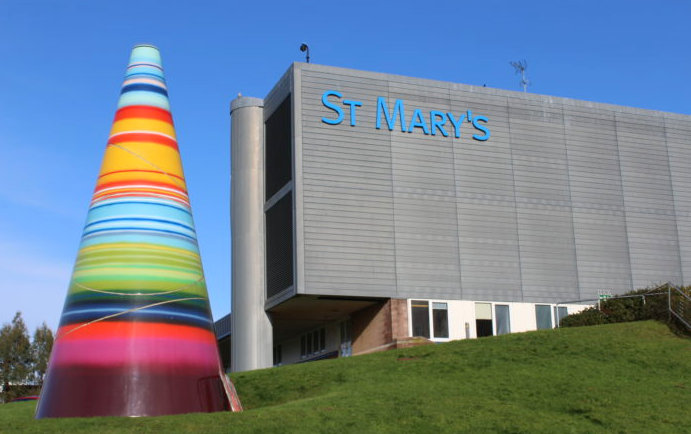
The amount of people going to A&E has returned to pre-Covid levels and despite other challenges faced at the Isle of Wight NHS Trust, staff have been meeting waiting time targets.
In June, 3,425 people went to A&E or the Urgent Treatment Centre at St Mary’s Hospital, in Newport, the highest levels have been since March, with 95 per cent of patients being seen in under four hours.
That is the second month in a row the trust has met the national target for treating patients in its emergency department.
In the Urgent Treatment Centre, only one patient in May and June was not fully treated in the four hours since arrival.
With the many challenges facing the trust and its staff, members of the NHS Trust Board praised the emergency department for its achievement.
During the height of the Covid pandemic, people were advised to stay away from the hospital unless told otherwise, meaning fewer patients were seen.
In April, only 2,209 people went to the emergency departments at St Mary’s compared to nearly the same amount of people in June who went to A&E alone.
Gary Edgson, deputy director of finance, told a trust board meeting earlier this month that levels in the last two weeks of June had returned to pre-Covid 19 levels.
He said:
“We had seen a big drop at the end of March, throughout April, May and early June. For the second month in a row, we have achieved the national target.”
The trust had seen a change in cases coming to the emergency department — with a rise in patients coming in with mental health, drug and alcohol problems.
Clinical director, Steve Parker, said:
“We have seen fewer children, but more mental health related problems.
“I think it would be fair to say aspects of Covid have been quite stressful and that has played out into individuals’ wellbeing and the way they access their healthcare in general.
“People’s individual behaviours and their threshold has changed in terms of bringing themselves or their relatives to the emergency department.
“One of the factors we have seen increasingly, locally and nationally, is a number of patients who are presenting late with ongoing medical problems, who,with hindsight, probably should have presented themselves several days earlier.”

 Councillor Coy On Isle Of Wight Social Housing
Councillor Coy On Isle Of Wight Social Housing
 Warning For Islanders Selling Vehicles To Be 'Scam Aware'
Warning For Islanders Selling Vehicles To Be 'Scam Aware'
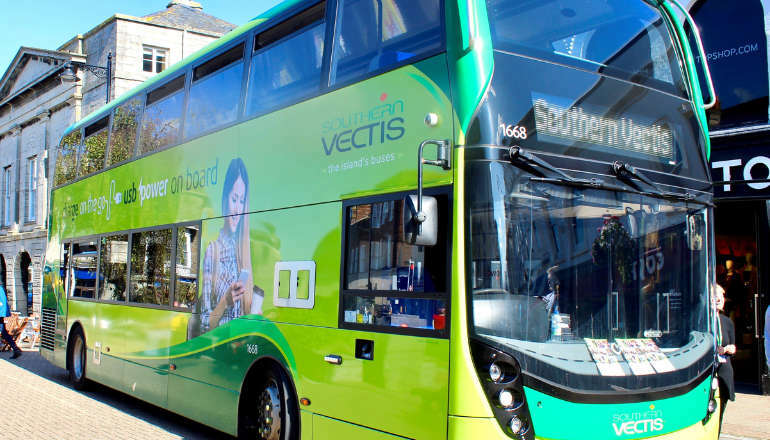 Bus Fares Set To Rise Following Council Meeting
Bus Fares Set To Rise Following Council Meeting
 Small Business Support Proposal Passed By Isle Of Wight Council
Small Business Support Proposal Passed By Isle Of Wight Council
 Five-Year Isle Of Wight Area Of Outstanding Natural Beauty Plan Unanimously Approved
Five-Year Isle Of Wight Area Of Outstanding Natural Beauty Plan Unanimously Approved
 More Islanders Cross The Solent With Wightlink’s Discounted Fares For NHS Appointments
More Islanders Cross The Solent With Wightlink’s Discounted Fares For NHS Appointments
 Hampshire And Isle Of Wight Air Ambulance Funds Defibrillators For The Community
Hampshire And Isle Of Wight Air Ambulance Funds Defibrillators For The Community
 Isle Of Wight Council Budget Pressures Likely To Continue Following Autumn Statement
Isle Of Wight Council Budget Pressures Likely To Continue Following Autumn Statement
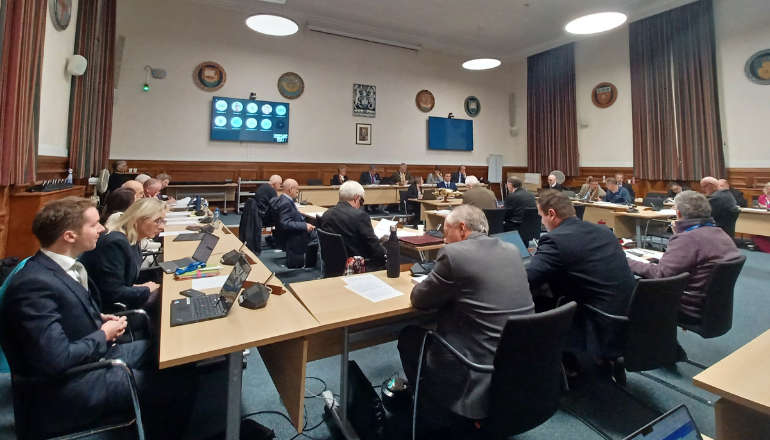 Council Approves Support Package To Help Islanders On Low Incomes
Council Approves Support Package To Help Islanders On Low Incomes
 Isle Of Wight Councillor In Mental Health Priority Motion
Isle Of Wight Councillor In Mental Health Priority Motion
 Bird Keepers Urged To Remain Vigilant Following Increased Avian Influenza Risk
Bird Keepers Urged To Remain Vigilant Following Increased Avian Influenza Risk
 Island Pupils Receive Lesson In Road Safety That Could Save Lives
Island Pupils Receive Lesson In Road Safety That Could Save Lives
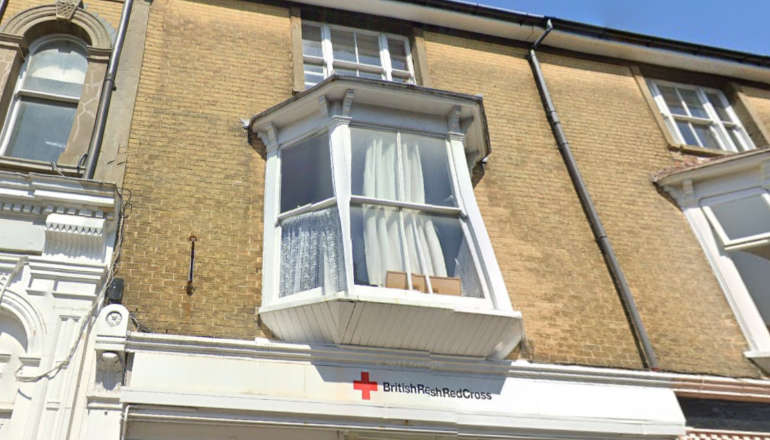 New Shanklin Flats Given Green Light
New Shanklin Flats Given Green Light
 Joe Robertson Appointed Parliamentary Private Secretary For Shadow Culture, Media And Sport
Joe Robertson Appointed Parliamentary Private Secretary For Shadow Culture, Media And Sport
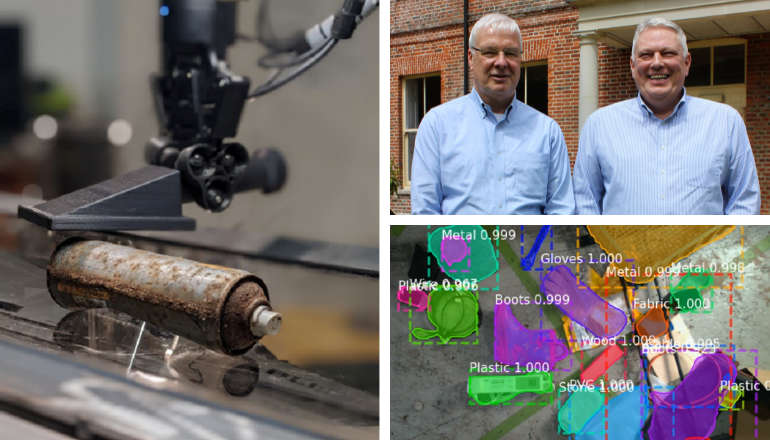 Shanklin Company Making Nuclear Waste Sorting Safer, Greener And Cheaper
Shanklin Company Making Nuclear Waste Sorting Safer, Greener And Cheaper
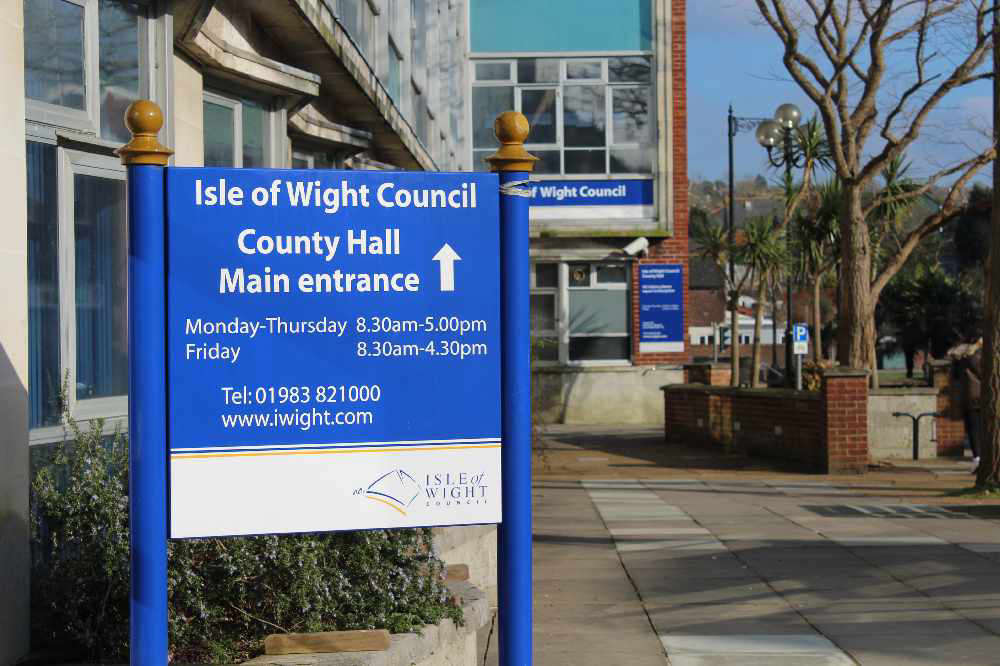 Five-Year Isle Of Wight Landscape Plan Decision On Horizon
Five-Year Isle Of Wight Landscape Plan Decision On Horizon
 Help Sought For Isle Of Wight's Struggling Small Businesses
Help Sought For Isle Of Wight's Struggling Small Businesses
 Primary School Admissions For September 2025 Now Open
Primary School Admissions For September 2025 Now Open
 Island Families Invited To Take Tour Of St Mary's Special Care Baby Unit
Island Families Invited To Take Tour Of St Mary's Special Care Baby Unit
 Work To Sink Three Boreholes At Leeson Road Due To Finish This Week
Work To Sink Three Boreholes At Leeson Road Due To Finish This Week


